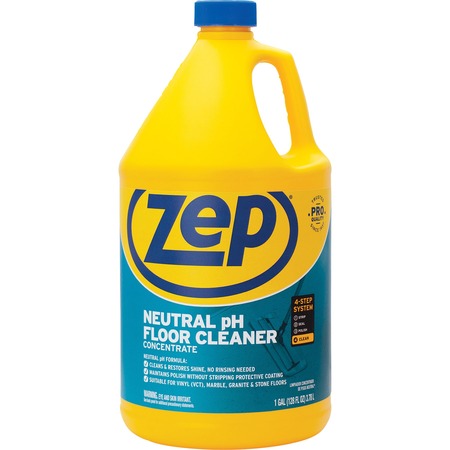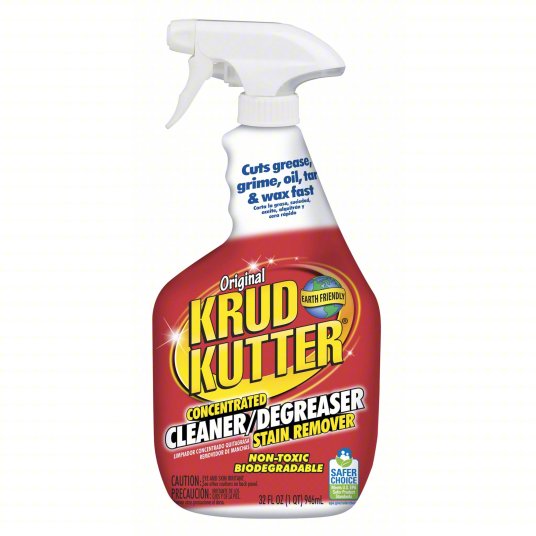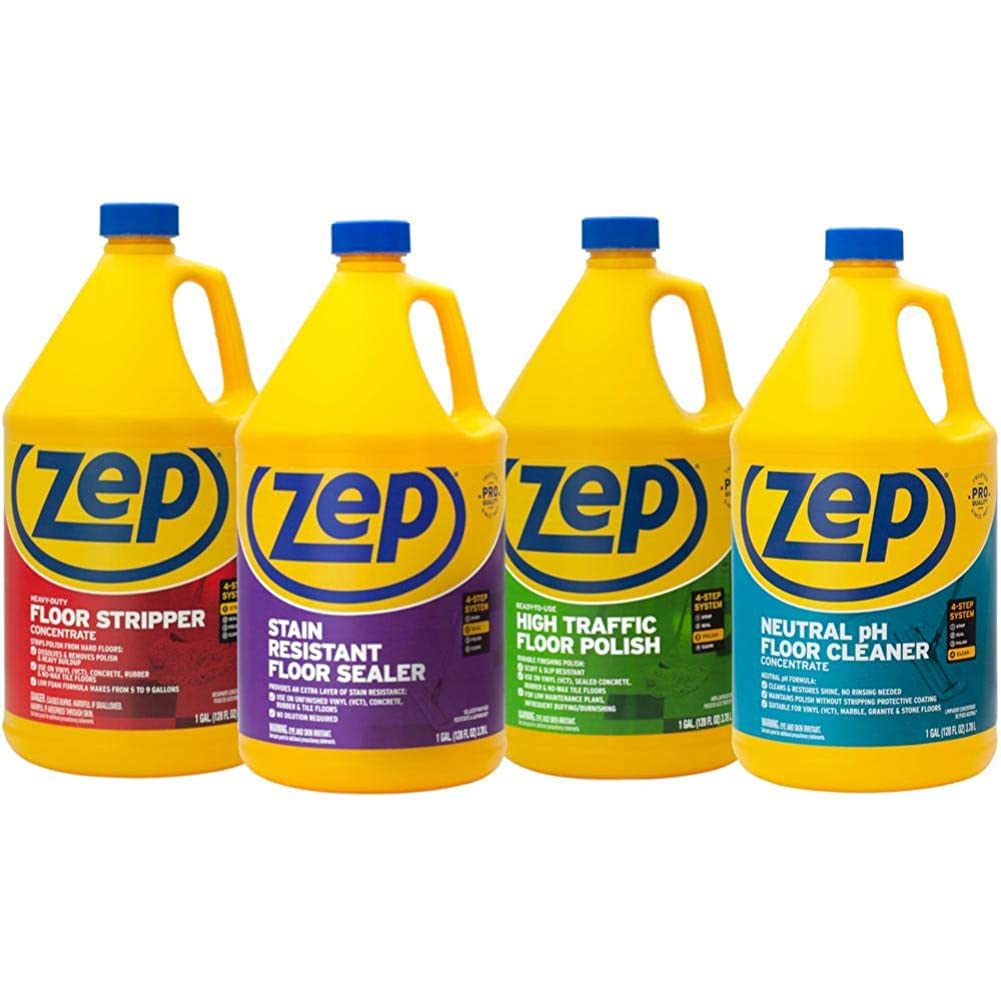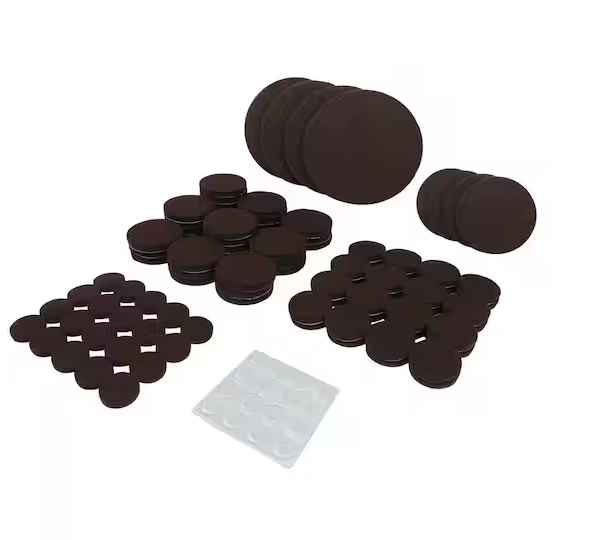How to Maintain Concrete Floors
Guide to concrete and epoxy floor care and maintenance
Download our General Maintenance Form
![]() IMPORTANT TO REMEMBER SPECIFIC TO CONCRETE AND EPOXY FLOORS
IMPORTANT TO REMEMBER SPECIFIC TO CONCRETE AND EPOXY FLOORS
Reasons for Avoiding Ammonia on Sealed Concrete:
1. Chemical Reaction: Ammonia can react with the sealant or coating applied to concrete surfaces. This reaction can weaken or compromise the sealant, potentially leading to a loss of protection.
2. Surface Discoloration: Ammonia may cause discoloration of the sealed concrete, resulting in unsightly blemishes or changes in appearance that are difficult to rectify.
3. Etching and Damage: The alkaline nature of ammonia can etch or damage the sealed surface, leading to a loss of gloss, smoothness, or even structural integrity over time.
4. Residue Buildup: Ammonia may leave behind residues that can be challenging to remove, further deteriorating the appearance of the sealed concrete.
Reasons for Avoiding Tape on Sealed Concrete:
1. Adhesive Residue: Adhesive tapes often leave behind sticky residues that can bond with and potentially damage the sealed surface, compromising its aesthetic appeal.
2. Surface Discoloration: The chemicals in adhesive tapes can react with the sealant, causing discoloration or alterations to the concrete's appearance.
3. Peeling or Lifting: Tapes may cause the sealed surface to peel or lift, particularly if the tape is removed forcefully. This can result in costly repairs to restore the concrete's integrity.
Step-by-step guide:
Maintaining concrete floors can help prolong their lifespan, enhance their appearance, and ensure they remain safe and functional. Here are some steps and tips on how to maintain concrete floors:
Regular Cleaning:
Sweeping or dust mopping daily is crucial to remove abrasive dirt and debris. These particles can scratch the surface of the concrete over time.
Damp mopping should be done as needed, depending on the level of foot traffic. Use a neutral pH cleaner designed for concrete surfaces.
Avoid using harsh chemicals or cleaners with acidic properties, as they can erode the protective sealer and harm the concrete.
Stain Removal:
Promptly address spills by blotting them with a clean cloth or paper towel. Avoid rubbing, as it can spread the stain.
For mild stains, a solution of water and a mild detergent can be used. More stubborn stains may require a concrete-specific stain remover.
Oil and grease stains may need a degreaser or a poultice to draw the oil out of the concrete. Follow product instructions carefully.
Sealing and Waxing:
Applying a concrete sealer is essential to protect the porous surface from moisture, stains, and abrasion. Sealers come in various types, including penetrating sealers and film-forming sealers.
The frequency of sealing depends on the type of sealer and the level of wear. Generally, resealing may be necessary every 1-3 years.
To enhance the appearance and add a glossy finish, consider using a concrete floor wax or polish. This can provide an extra layer of protection and make cleaning easier.
Prevent Scratches and Dents:
Place doormats at entrances to trap dirt and abrasive particles. This prevents them from being tracked indoors and damaging the concrete.
Use furniture pads or gliders under heavy furniture to prevent scratches and dents when moving or rearranging items.
Avoid Impact and Heavy Loads:
Concrete is durable, but heavy impacts or excessive weight can lead to cracks or damage. Use caution when moving heavy objects, and distribute weight evenly to prevent stress points.
In high-traffic areas, consider using
rugs
or
mats
to help distribute the load and reduce wear.
Temperature and Humidity Control:
Maintain a consistent indoor temperature and humidity level. Extreme temperature fluctuations and high humidity can lead to moisture-related issues and damage the concrete.
Regular Inspections:
Periodically inspect the concrete floor for signs of damage, such as cracks, chips, or spalling (surface flaking). Promptly repair any issues to prevent them from worsening.
Regular Maintenance Plan:
Develop a written maintenance plan tailored to your specific concrete floor. This plan should include cleaning schedules, resealing intervals, and inspection routines.
Keep an eye on the condition of the sealer. Most of our product manufacturers recommend: Exterior concrete is resealed after the first year and every 2-3 years following and Interior decorative coatings be sanded and resealed every 5-7 years.
Our team of concrete experts is here to provide you with professional advice and schedule a comprehensive concrete floor inspection tailored to your needs. Whether you're dealing with residential, commercial, or industrial concrete flooring, we have the knowledge and experience to assess its condition and recommend the most effective solutions.










